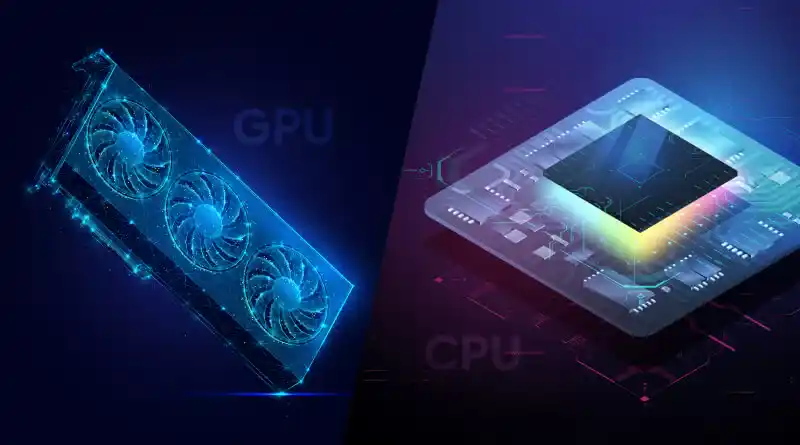Table of Contents
AI in Mobile Apps is rapidly transforming the mobile technology landscape, with Arm’s models leading the charge in innovation.As artificial intelligence continues to evolve at breakneck speed, the need for robust hardware that can keep pace with these advancements becomes increasingly critical. Enter Arm, a leader in semiconductor technology, whose latest innovations promise to revolutionize the way AI is integrated into our everyday devices. By introducing revolutionary new chip designs and software tools, Arm is paving the way for a new era of mobile computing, in which smartphones not only keep pace with rapid advances in AI but also take advantage of all their potential to deliver unprecedented user experiences.

Advances in AI Capabilities in Smartphones
Recently, Arm introduced new chip designs and software tools to improve the ability of smartphones to handle AI tasks more effectively. These advances are not just incremental but designed to revolutionize how AI applications work on mobile devices. Arm’s new offerings are poised to maximize the benefits of core process nodes, significantly improving the performance and efficiency of AI workloads.
The Arm Compute Subsystems (CSS) for Client
One of the highlights of Arm’s latest announcement is the Arm Compute Subsystems (CSS) for the client. This edge computing solution is designed for AI applications on smartphones and PCs. CSS for Client promises a substantial performance improvement, with a more than 30% increase in compute and graphics performance and an impressive 59% faster AI inference for machine learning and computer vision workloads.
Pushing the Boundaries of Computing Performance and AI
CSS for Client is the fastest Arm platform for Android to date, with significant improvements in key benchmarks and general computing use cases compared to the TCS23 platform. These include:
36% improvement in peak performance, as measured by Geekbench 6 single-core score, thanks to the new Cortex-X925;
33% faster app launch times on average in five of the top 10 apps to increase productivity and deliver a seamless user experience on mobile devices;
60% faster web browsing, measured using the Speedometer 2.1 browser benchmark; AND
30% improvement in maximum graphics performance on average across seven graphics tests, including ray tracing and variable rate shading (VRS) tests.

Expanding Beyond Smartphones
While Arm’s technology is the cornerstone of the smartphone revolution, it is now making significant advances in PCs and data centers, where energy efficiency is highly valued. Although smartphones remain Arm’s largest market, with customers like Apple, Qualcomm, and MediaTek, the company is expanding its horizons.
New CPU and GPU Designs
Arm introduced new processor designs optimized for AI workloads and new GPUs, as well as software tools to streamline the development of chatbots and other AI applications on Arm chips. These innovations should allow developers to create more sophisticated and efficient AI-based applications.

A Revolutionary Delivery Model
Perhaps the most transformative aspect of Arm’s latest offering is the delivery method. Traditionally, Arm provided abstract specifications or designs that chipmakers had to translate into physical blueprints, a complex task involving the layout of billions of transistors. However, for this latest offering, Arm has partnered with industry leaders Samsung and TSMC to provide manufacturing-ready physical chip plans, significantly reducing time to market.
Industry Collaboration
Samsung’s Jongwook Kye highlighted the success of this partnership, noting that its 3nm process, combined with Arm’s CPU solutions, meets the growing demand for generative AI in mobile apps devices. He highlighted the importance of early and close collaboration on design technology co-optimization (DTCO) and power, performance, and area (PPA) maximization to ensure timely delivery of silicon that meets performance and efficiency requirements.
Similarly, TSMC’s Dan Kochpatcharin, head of the alliance and ecosystem management division, called the AI-enhanced CSS a “great example” of the collaboration between Arm and TSMC. He highlighted that this partnership helps designers push the boundaries of semiconductor innovation, achieving unparalleled AI performance and efficiency. Kochpatcharin further stated: “Together with Arm and our Open Innovation Platform® (OIP) ecosystem partners, we are enabling our customers to accelerate their AI innovation using process technologies and solutions with the most advanced designs.
Empowering Customers
Arm’s strategy is not to compete with its customers, but rather to enable faster time to market by offering designs optimized for neural processors that deliver cutting-edge AI performance. As Arm’s Chris Bergey explains: “We’re combining a platform where these accelerators can be very tightly coupled” to customer NPUs. This means Arm offers more refined, “out of the box” designs that customers can integrate into their accelerators to quickly develop powerful AI-based chips and devices.
Future Prospects for AI in Mobile Devices
The introduction of Arm Compute Subsystems (CSS) to the customer marks an important milestone in the evolution of mobile app capabilities. By leveraging these new designs and tools, developers can now create more powerful, more efficient, and more innovative AI applications. Design-forward agencies like Fuselab Creative play a key role in translating such cutting-edge technologies into intuitive and engaging user experiences on mobile platforms. These advances are expected to drive the next wave of innovation in AI, not only in smartphones but also in PCs and data centers.
Arm’s Commitment to Innovation
Arm’s latest advancements underscore its commitment to contributing to the future of mobile computing. By providing comprehensive, optimized solutions, Arm improves the performance and efficiency of AI applications while simplifying the development process for its customers. This innovative approach is set to transform the mobile AI landscape, enabling the creation of more powerful and efficient AI-powered devices across various industries.
Conclusion
Arm’s introduction of new AI designs and software for smartphones represents a major step forward in mobile computing. By providing refined and optimized solutions, Arm not only improves the performance and efficiency of AI applications but also accelerates the development process for its customers. This strategy is expected to drive the next wave of innovation in AI, allowing developers to create more powerful and efficient AI-powered devices that will shape the future of technology.